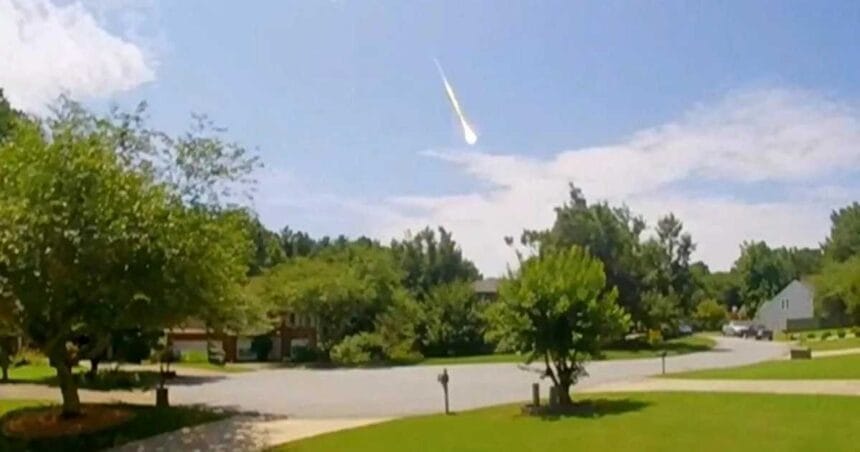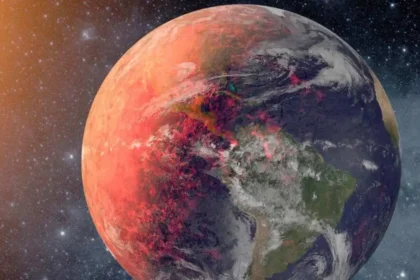A quiet neighborhood was shaken when a meteorite fragment slammed through a homeowner’s roof, only for scientists to later reveal a stunning discovery. According to a leading professor, the fragment is billions of years old and even predates the formation of Earth, making it one of the rarest scientific finds in recent history.
A Cosmic Visitor
The incident occurred when the small rock hurtled from space and pierced through the ceiling of a residential property. While no one was injured, the extraordinary event quickly caught the attention of researchers, who rushed to analyze the material.
Ancient Origins
Laboratory tests revealed that the meteorite fragment dates back more than 4.5 billion years, predating Earth by millions of years. Experts explain that such meteorites are remnants from the early solar system, offering a rare opportunity to study the building blocks that eventually formed planets.
Scientific Significance
Professor leading the investigation emphasized that fragments like this are invaluable to science. “This meteorite holds the secrets of the early solar system, including how planets like Earth came into existence,” he explained. The rock’s chemical composition could provide clues about the materials present before Earth formed.
Rare and Valuable
Meteorites are already considered rare, but those older than Earth are of exceptional importance. Scientists note that fragments like this are more valuable than gold when it comes to scientific research, helping humanity understand its cosmic origins.
Public Fascination
The story has generated global interest, with many marveling at how a simple suburban home became the landing site of a billion-year-old visitor from deep space. Social media buzzed with fascination, and space enthusiasts hailed the find as “a gift from the universe.”
Looking to the Stars
Experts say that this discovery highlights the ongoing connection between Earth and the cosmos. While meteorite strikes are uncommon, each one carries information about the universe’s past. The fragment will now be preserved and studied by scientific institutions, where it may unlock insights into how planets, moons, and stars came to exist.














